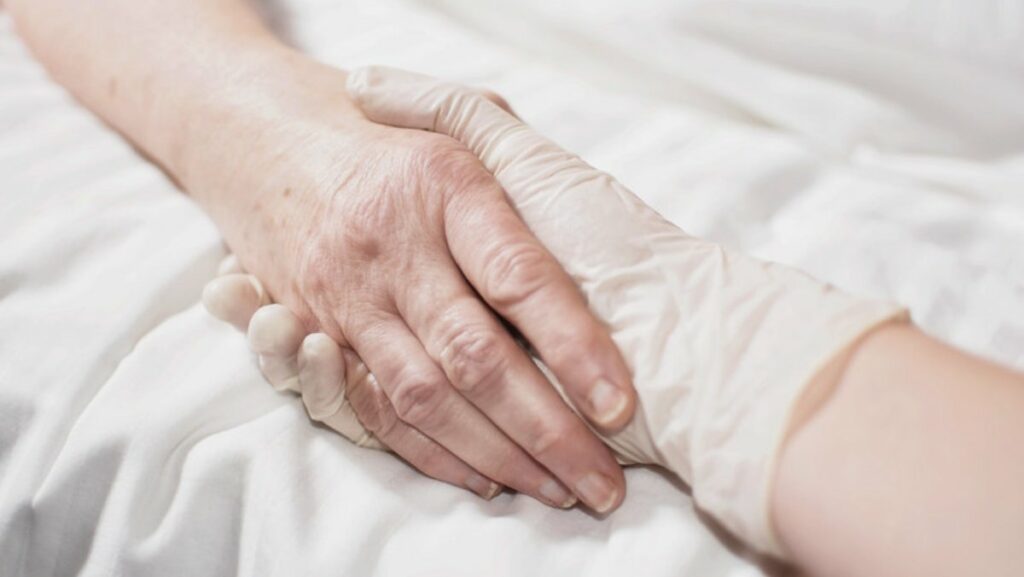Semantic manipulation in the culture war is nothing new. Indeed, many of the attacks on human dignity we see around us would likely never have occurred without a revolution in language.
This is nowhere more clear than in Ireland, as the “Dying with Dignity Bill” is being examined by the Lower House. Throughout the entire draft bill that purports to regulate “death with dignity,” the terms “assisted suicide” or “euthanasia” never appear. Rather, the focus is on concepts such as “assistance in agony,” “prescribing substances that can be ingested orally,” “prescribing and providing the means of self-administration,” and “the substance(s) can be administered.” A very reassuring terminology, aimed at satisfying a large number of people, who have a horror of euthanasia but also abhor therapeutic abandonment.
“Dying with dignity”: but what does that mean?
The very expression “to die with dignity” reveals a principle of undeniable obviousness: who would want to die deprived of dignity? “It has been suggested that the rationale for the use of euphemistic language in the bill is to better reflect the wishes of patients with terminal illnesses whose desire is for a dignified death,” reads a commentary published by the Irish Science Periodical Studies.
The proposal also includes conscientious objection, but in a scam form. Because physicians who do not want to take part in death protocols for their patients must opt for “transfer of care” (Section 13) to a colleague. That is, a pro-life physician who does not want to physically kill the patient is obliged to refer another physician who is willing to do so.
Paradoxical situation
Congressman Gino Kenny, supporter of the Dying with Dignity Bill, was quick to point out that “assisted dying” should not be confused with “assisted suicide” and that “people with terminal illnesses do not commit suicide,” as they lack the mental faculties to understand what they are doing. When, however, someone dies at the hands of another, it is difficult to say that that act does not qualify as either murder or suicide. The paradoxical implication of the Irish case is that the British island has a national suicide prevention strategy, jointly registered by the Ministry of Health, the National Office for Suicide Prevention and Health Ireland. The document proclaims, “Suicide prevention is everyone’s concern. This national strategy lays out what must be done as a government and as a society to protect and to save lives.” The issue, the text reiterates, affects “the whole of society” and requires a “whole-of-government” approach. But, significantly, in Ireland this prevention strategy has never been mentioned in any parliamentary debate.
